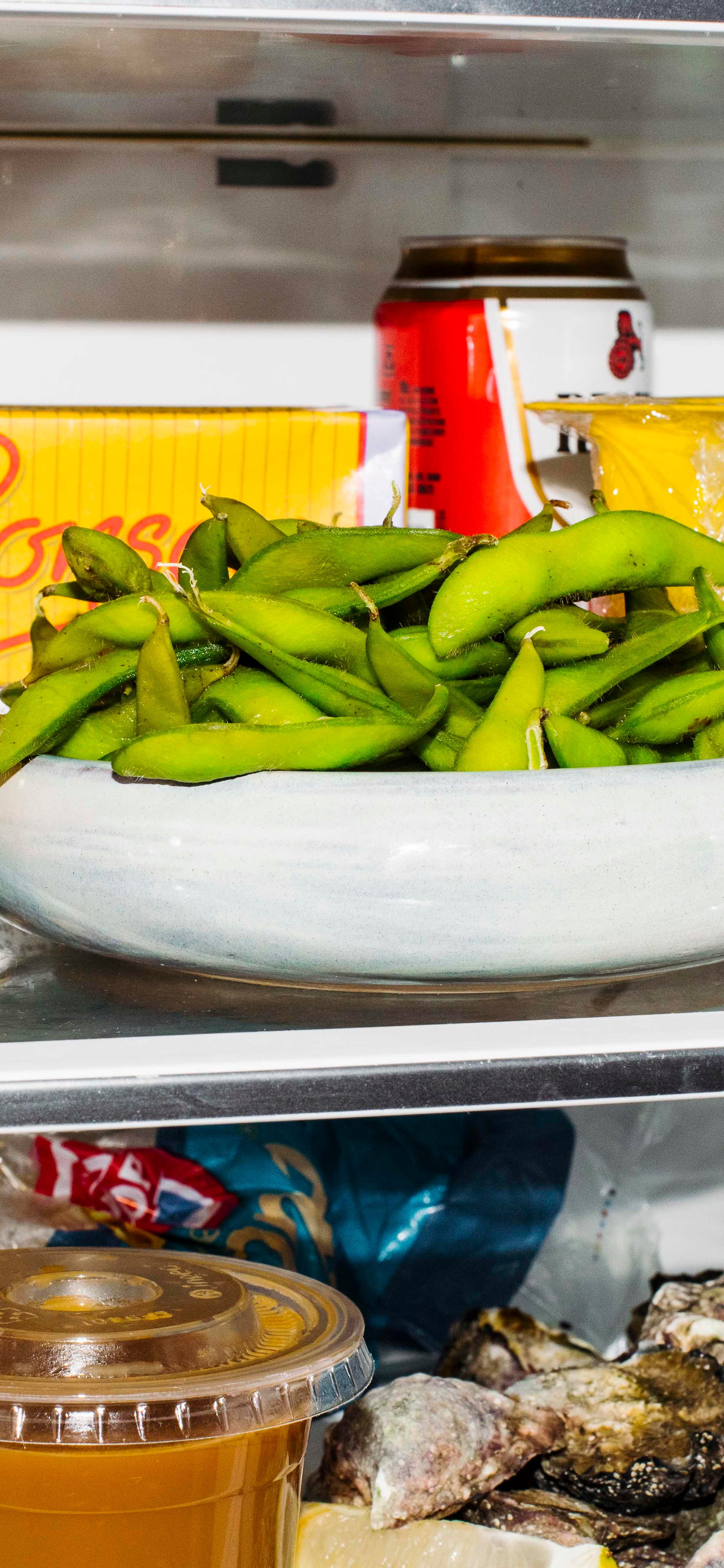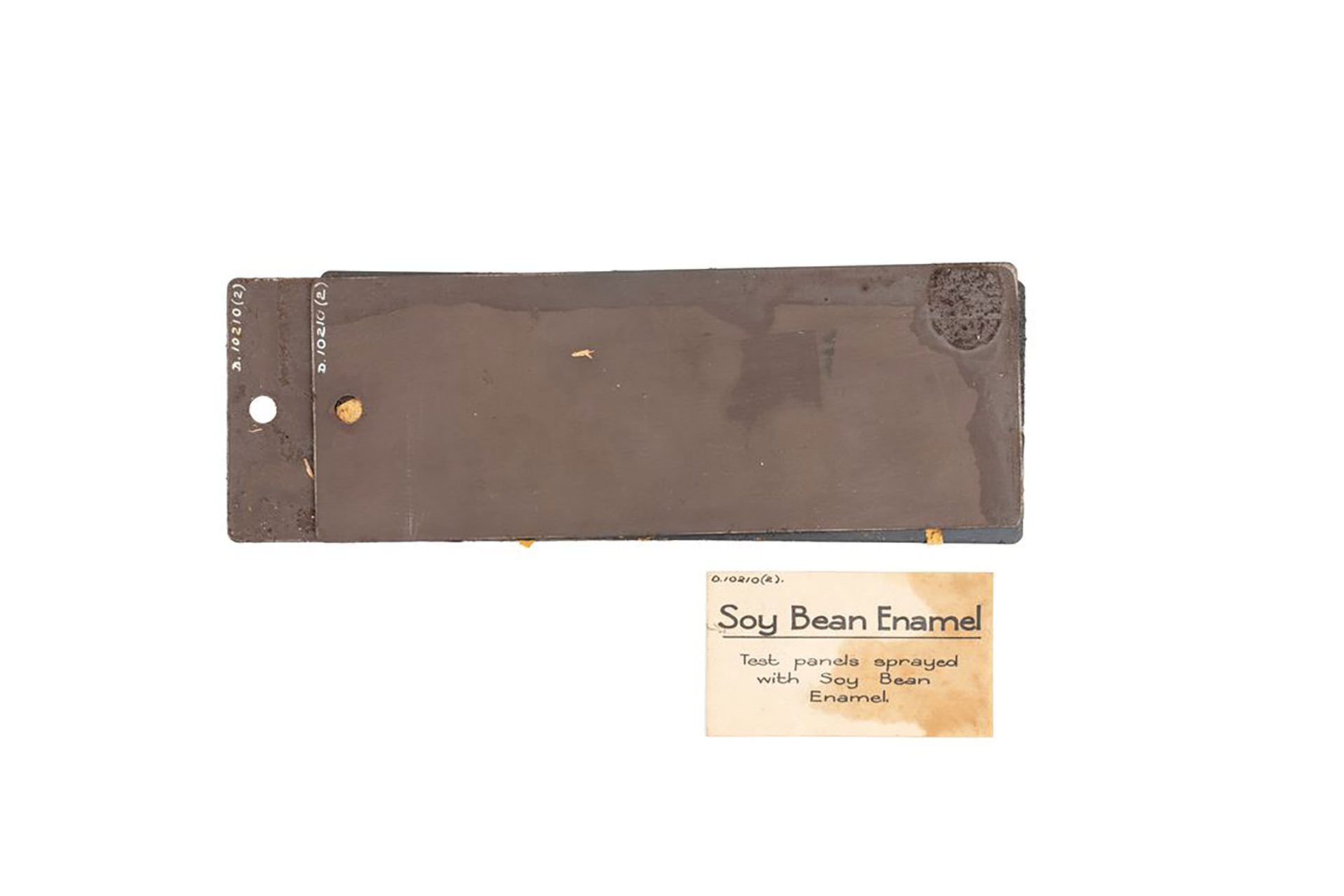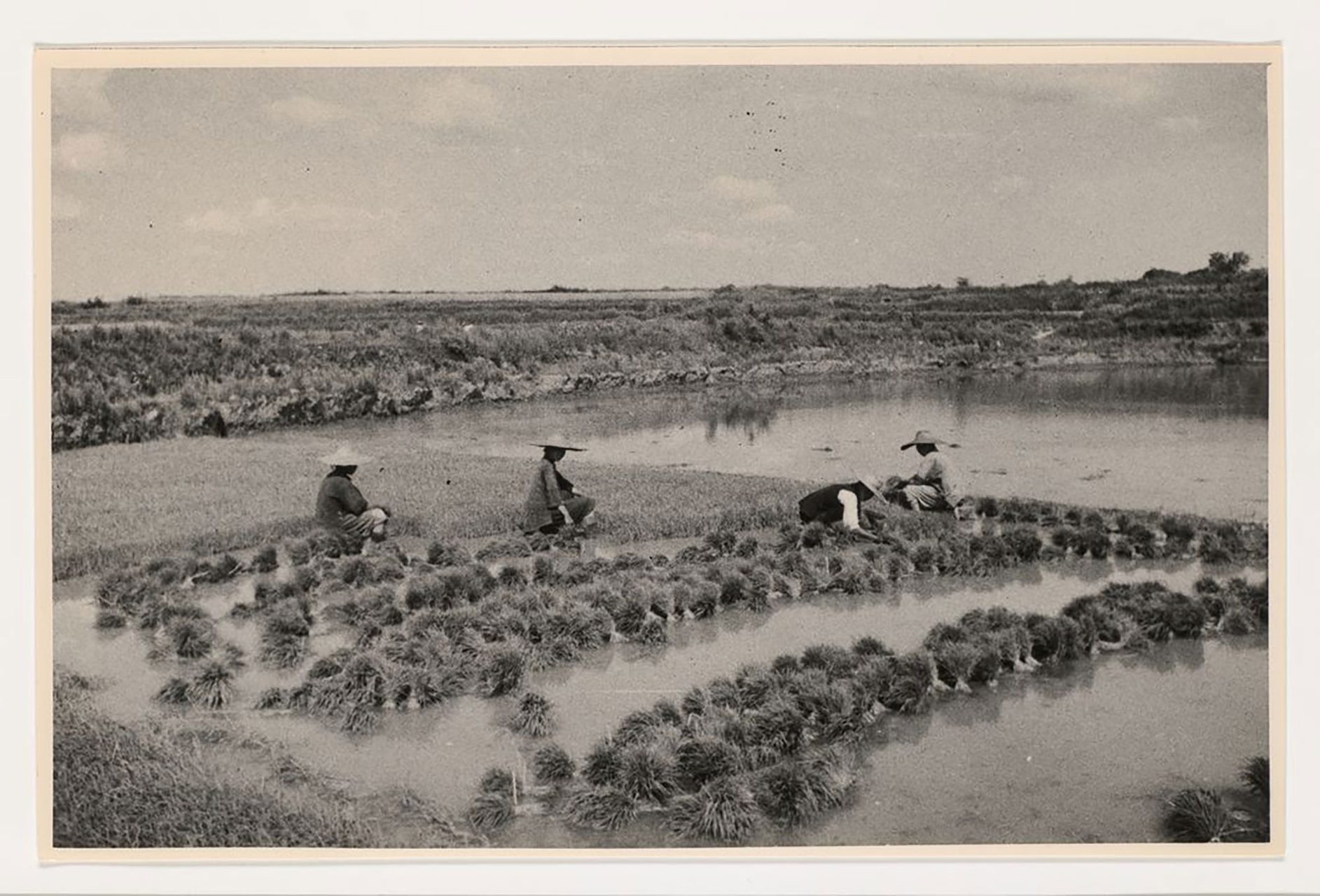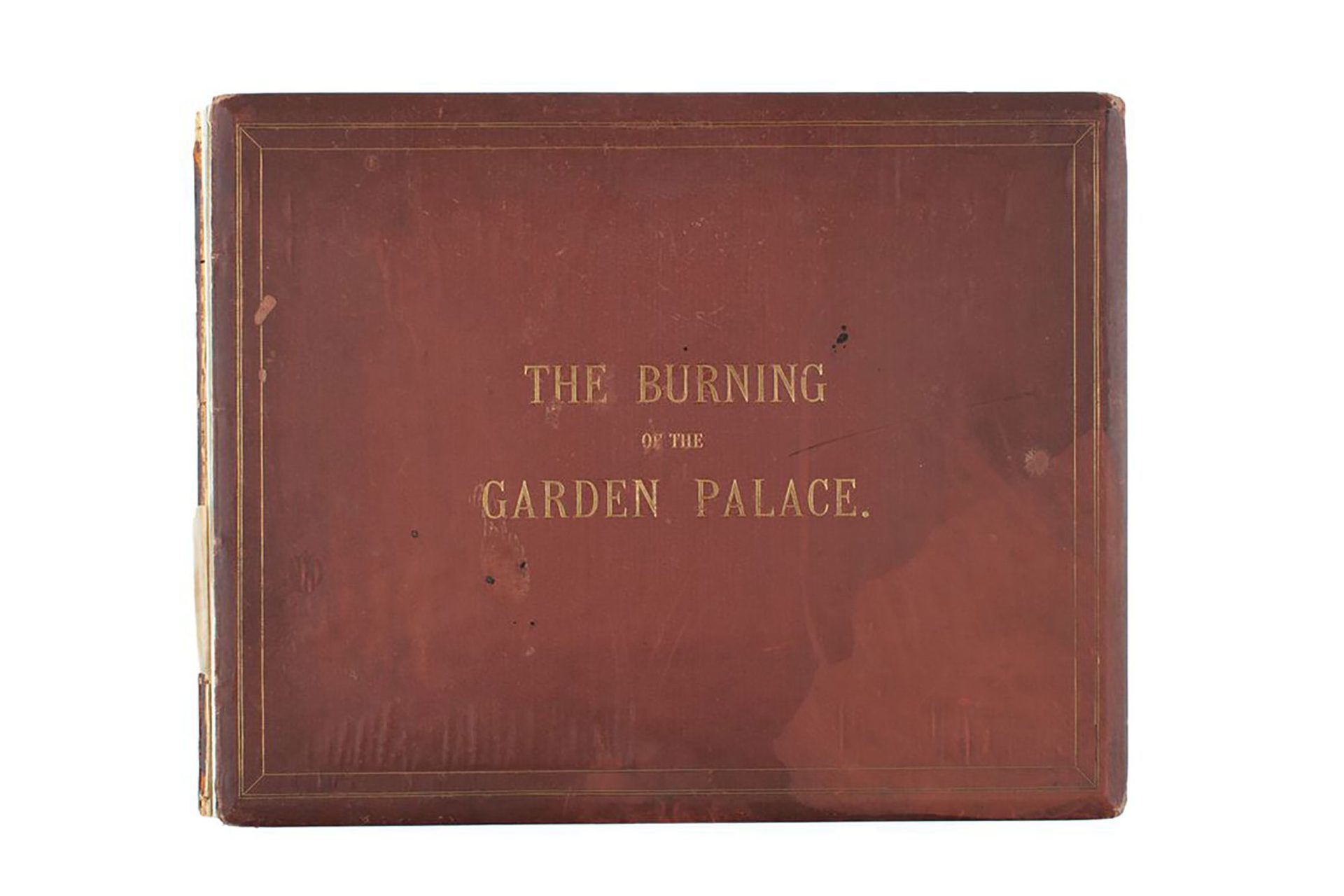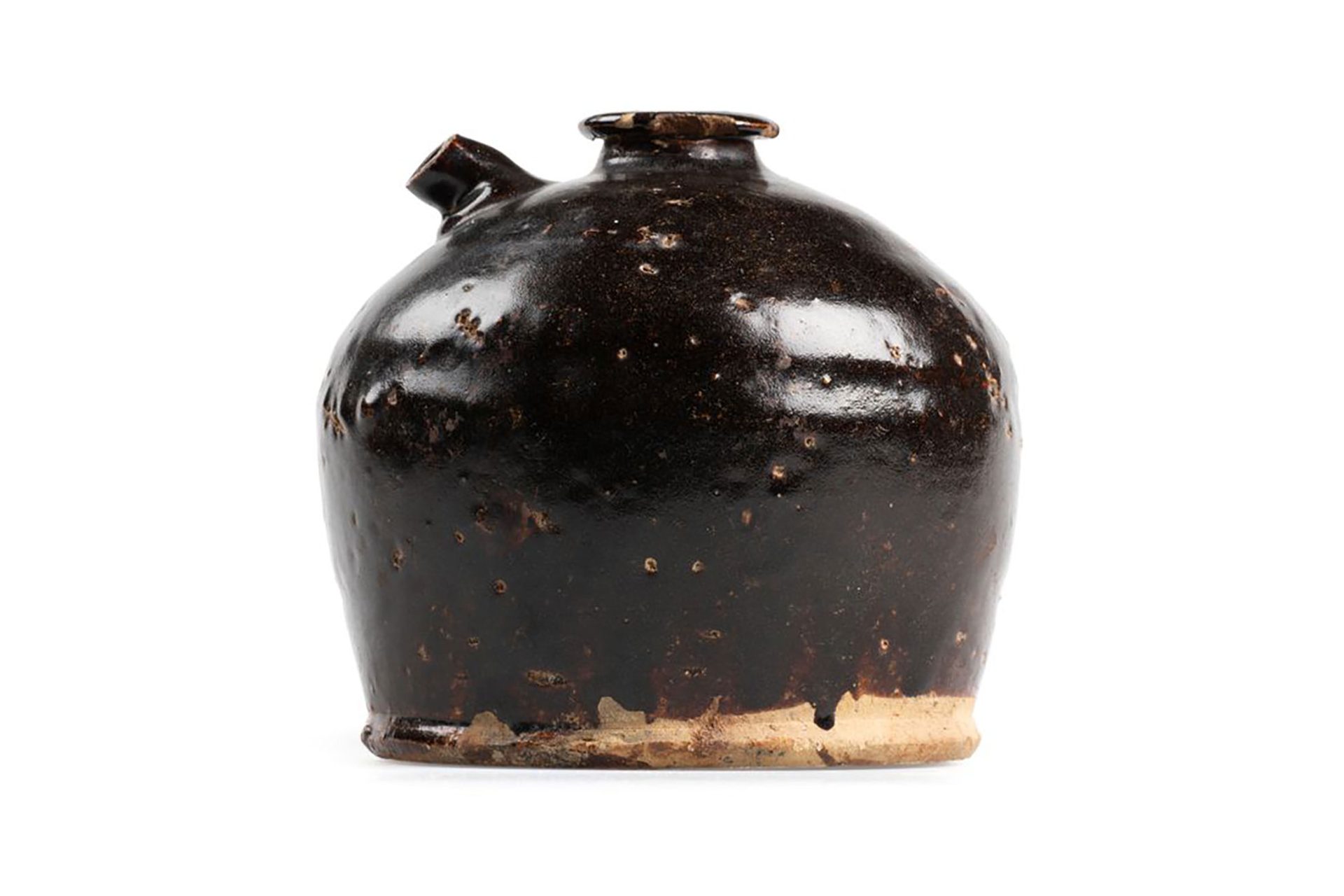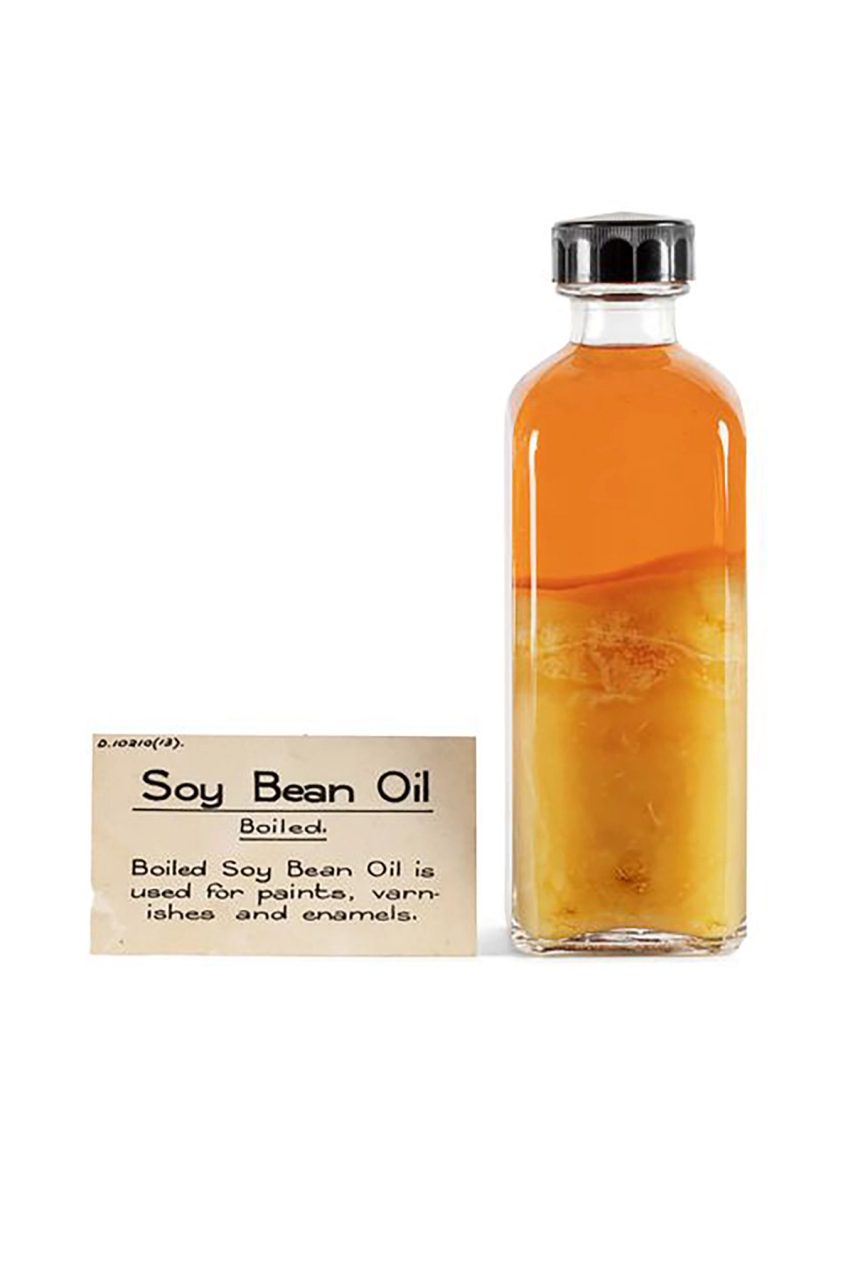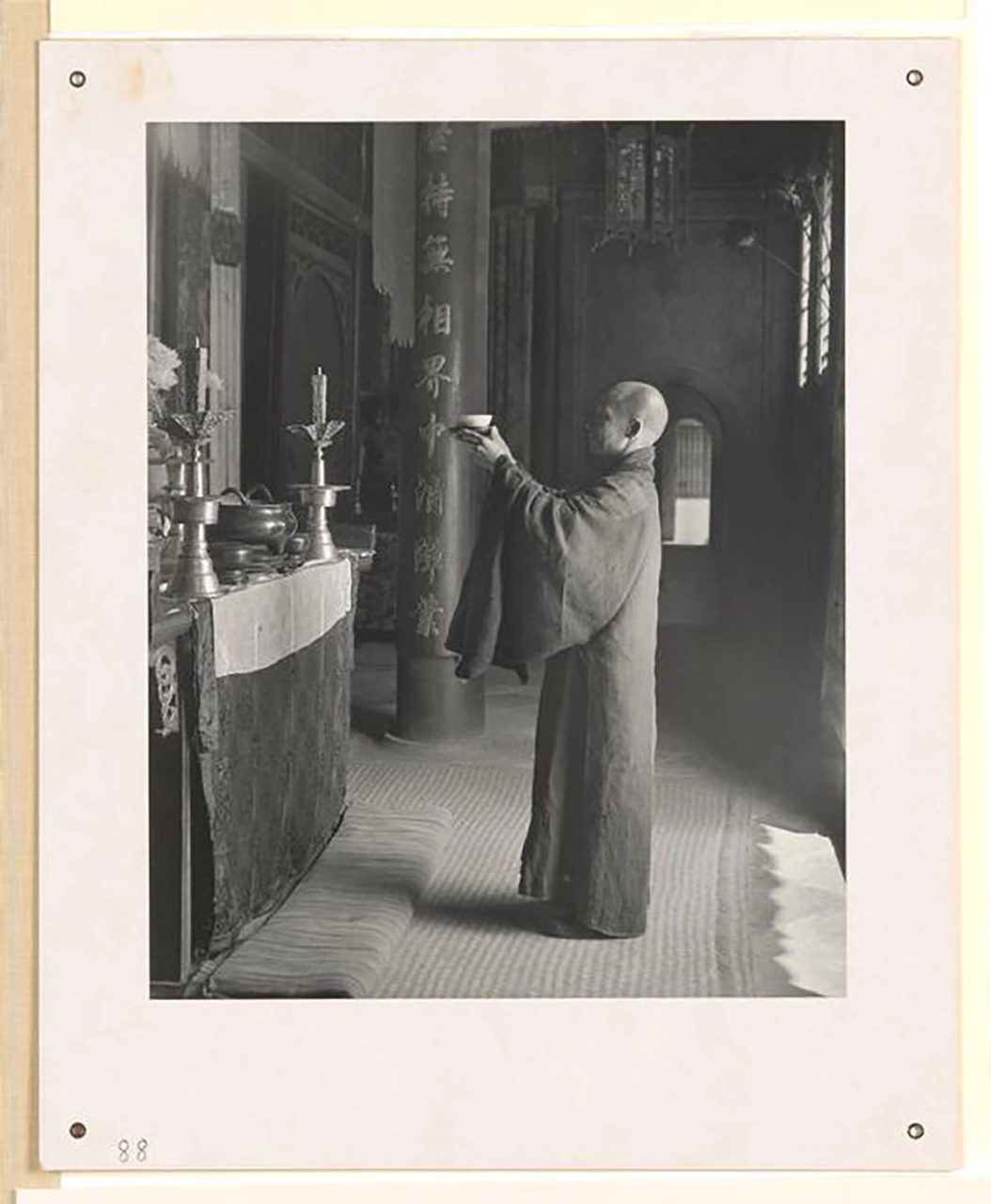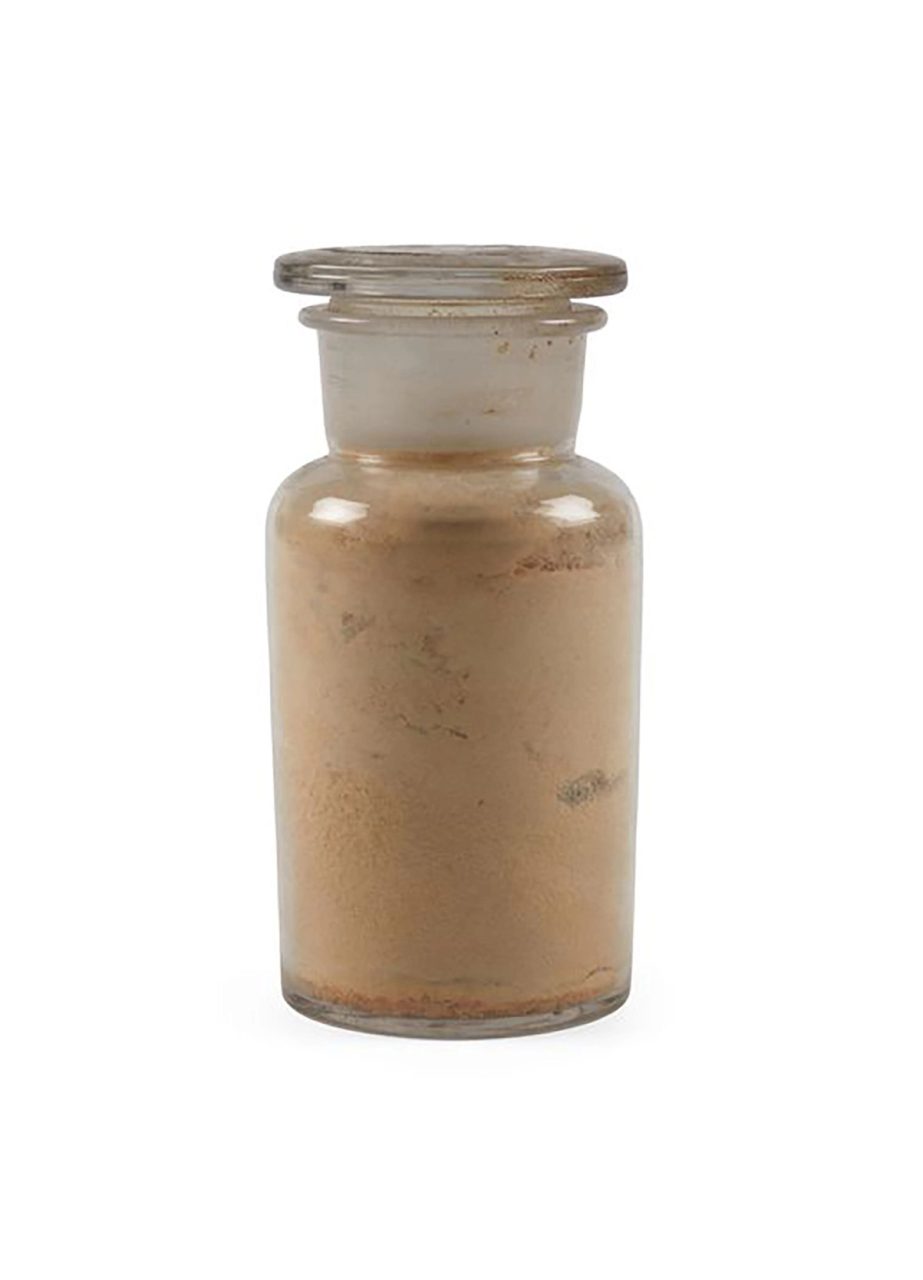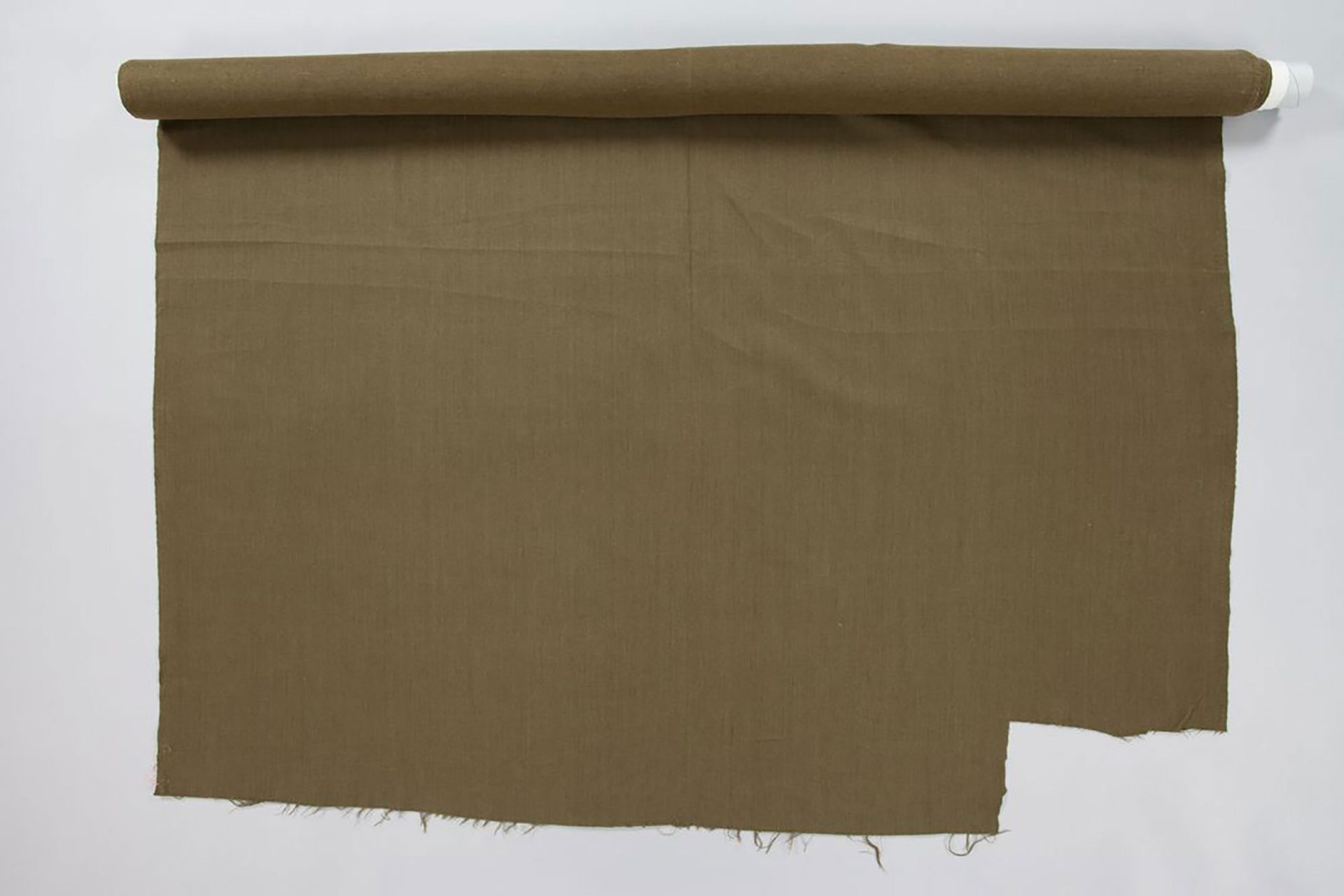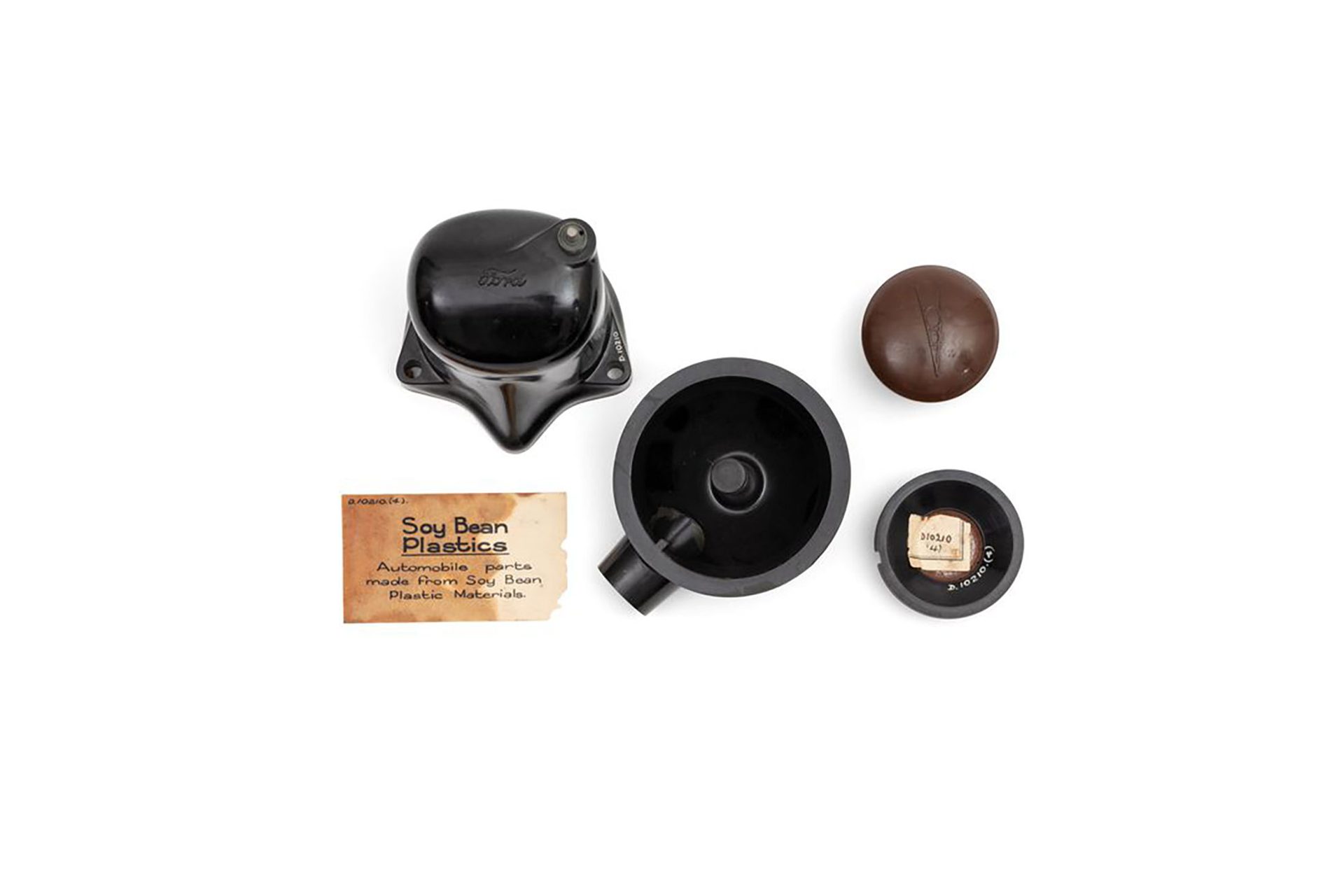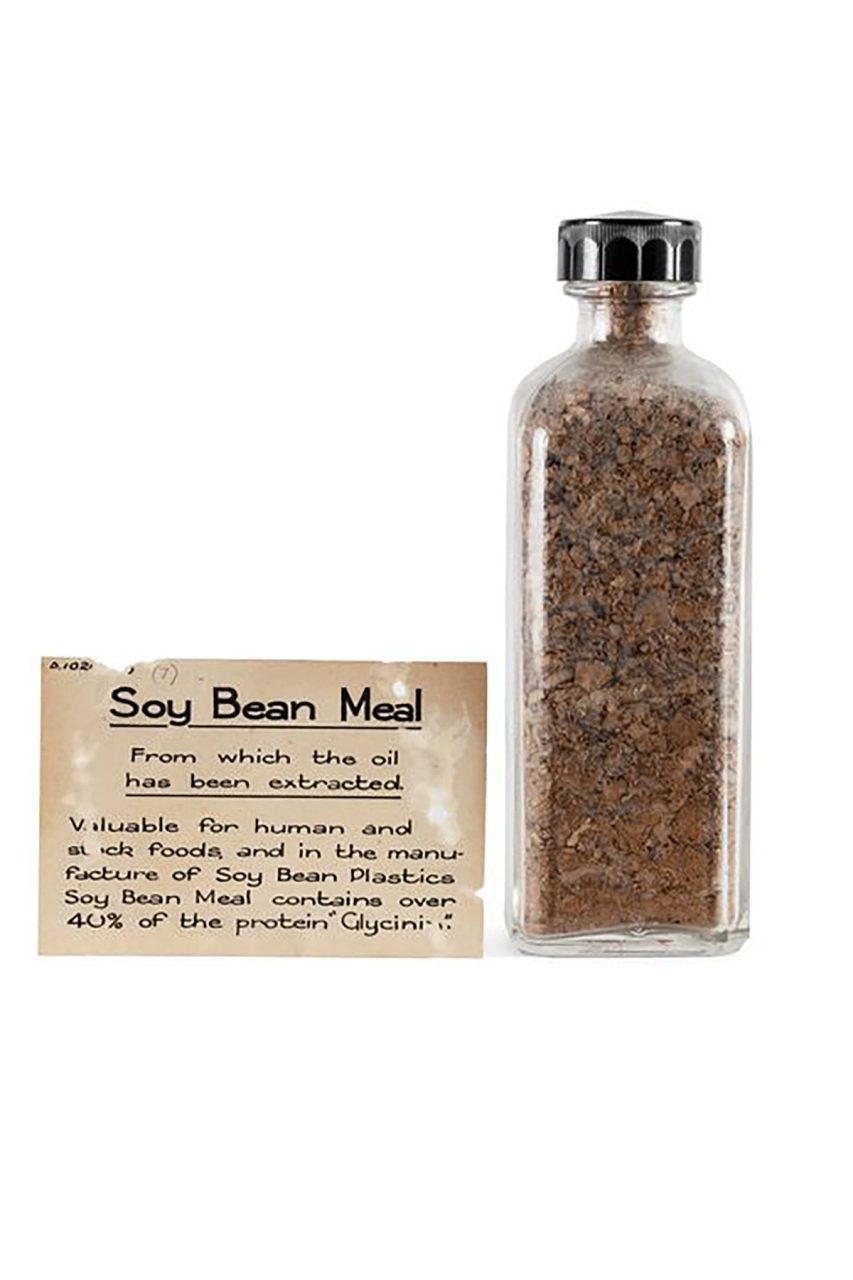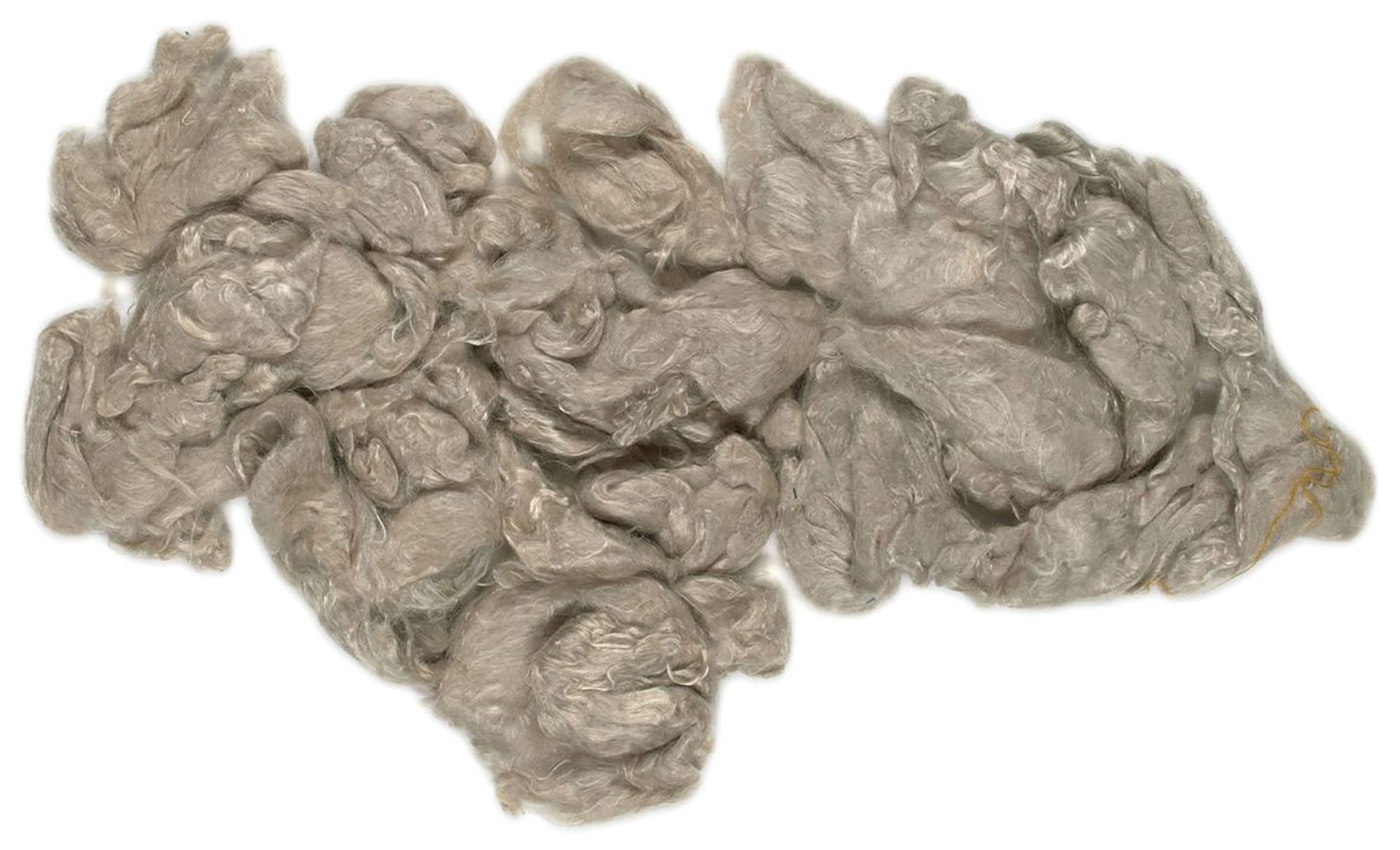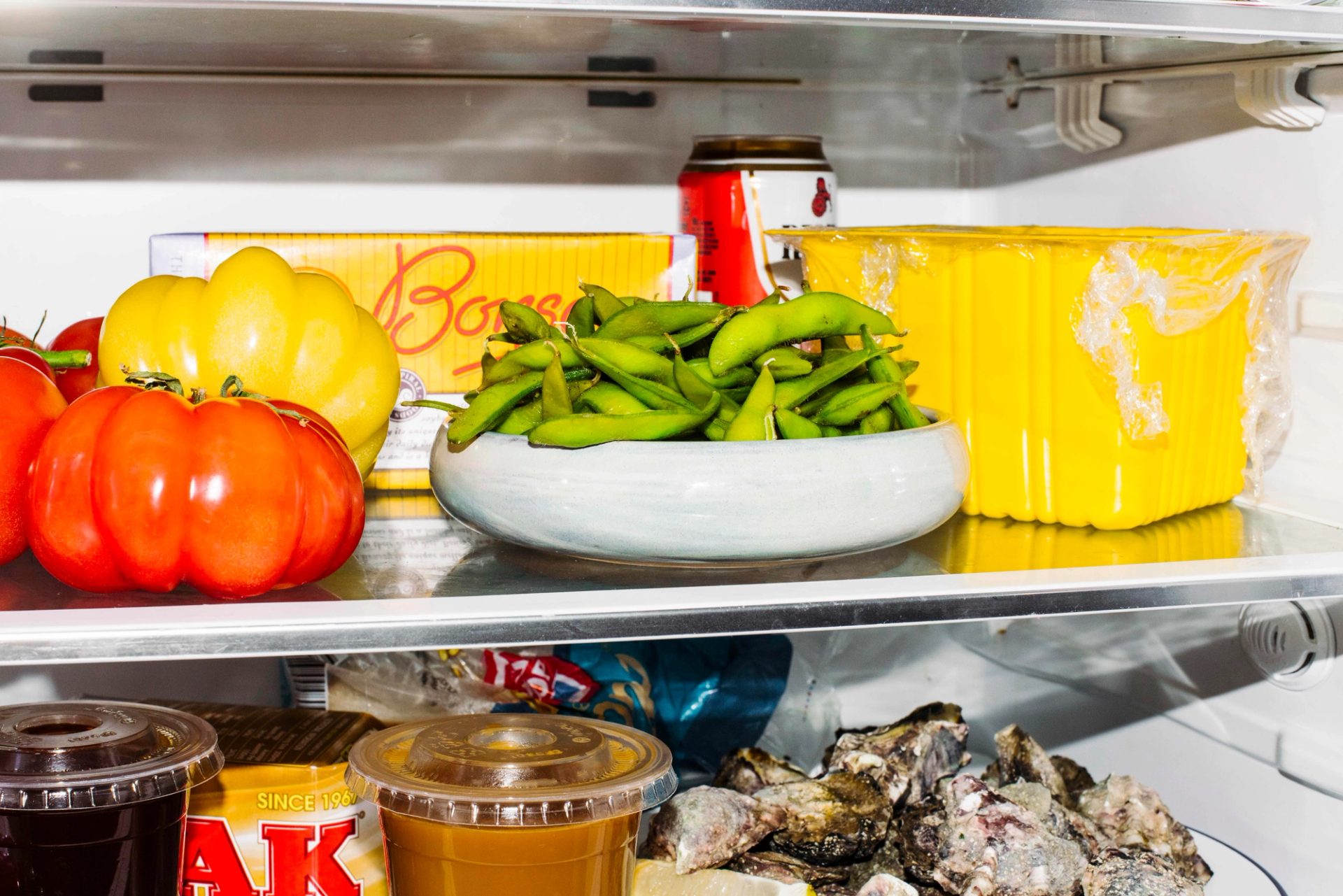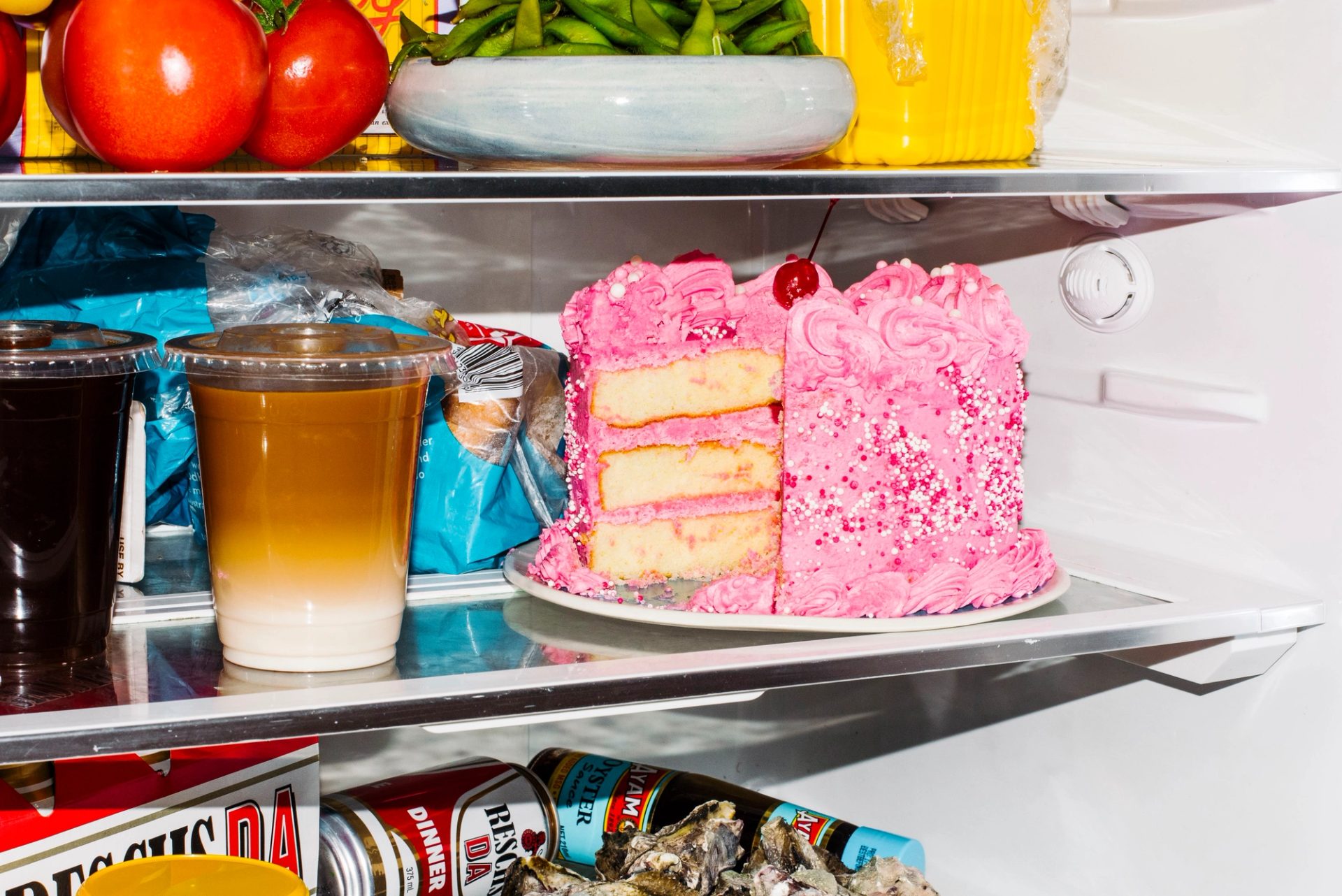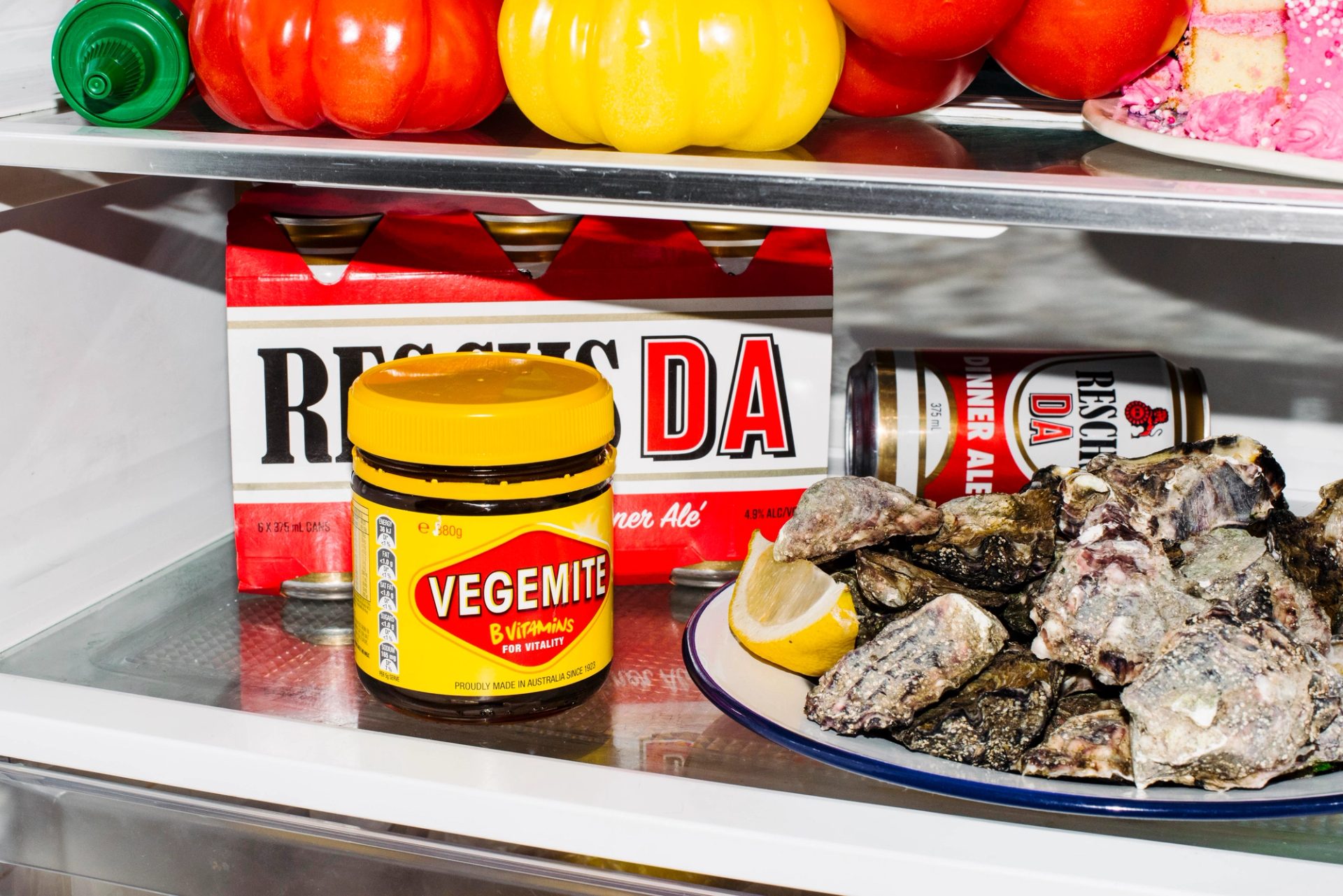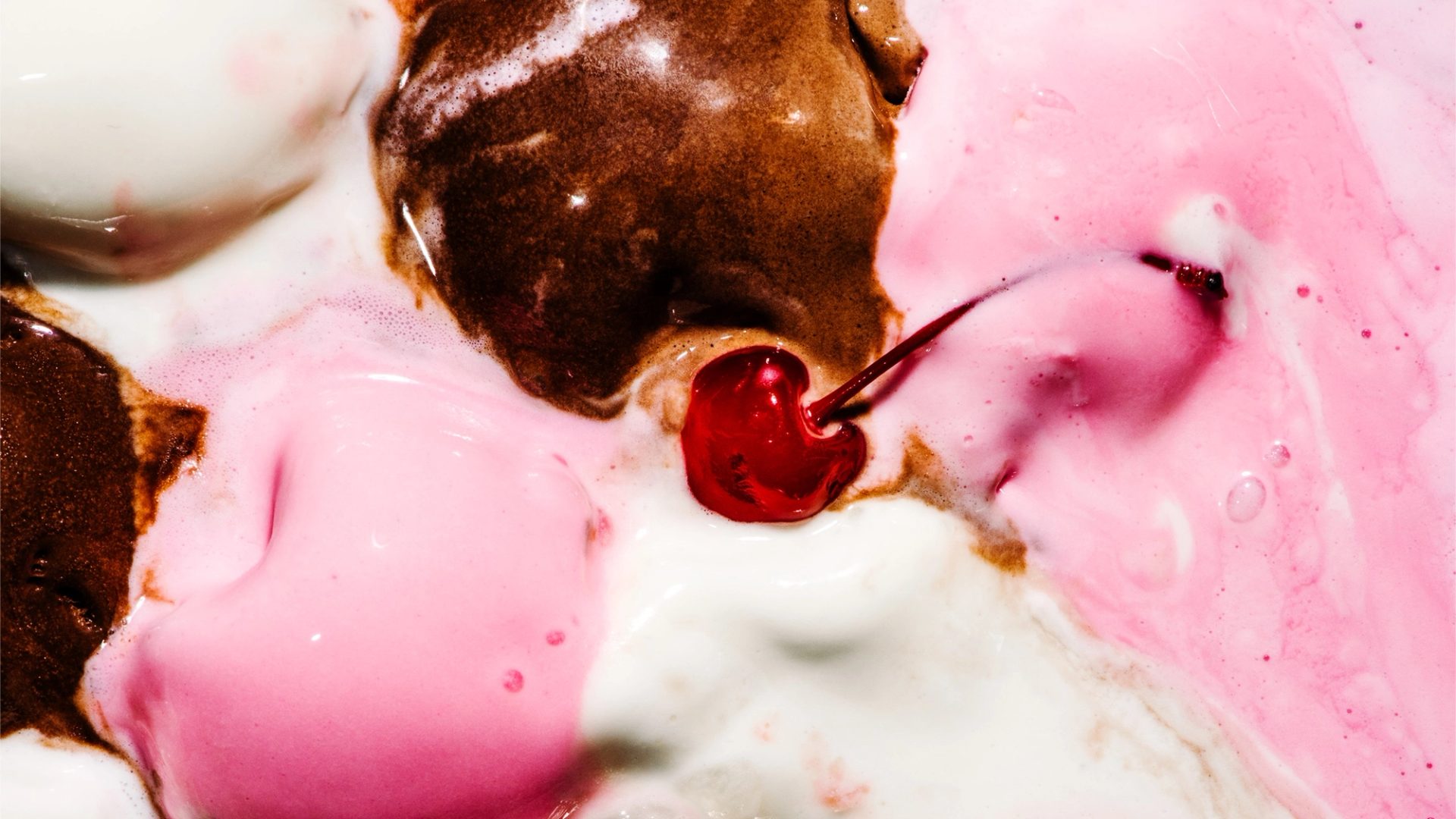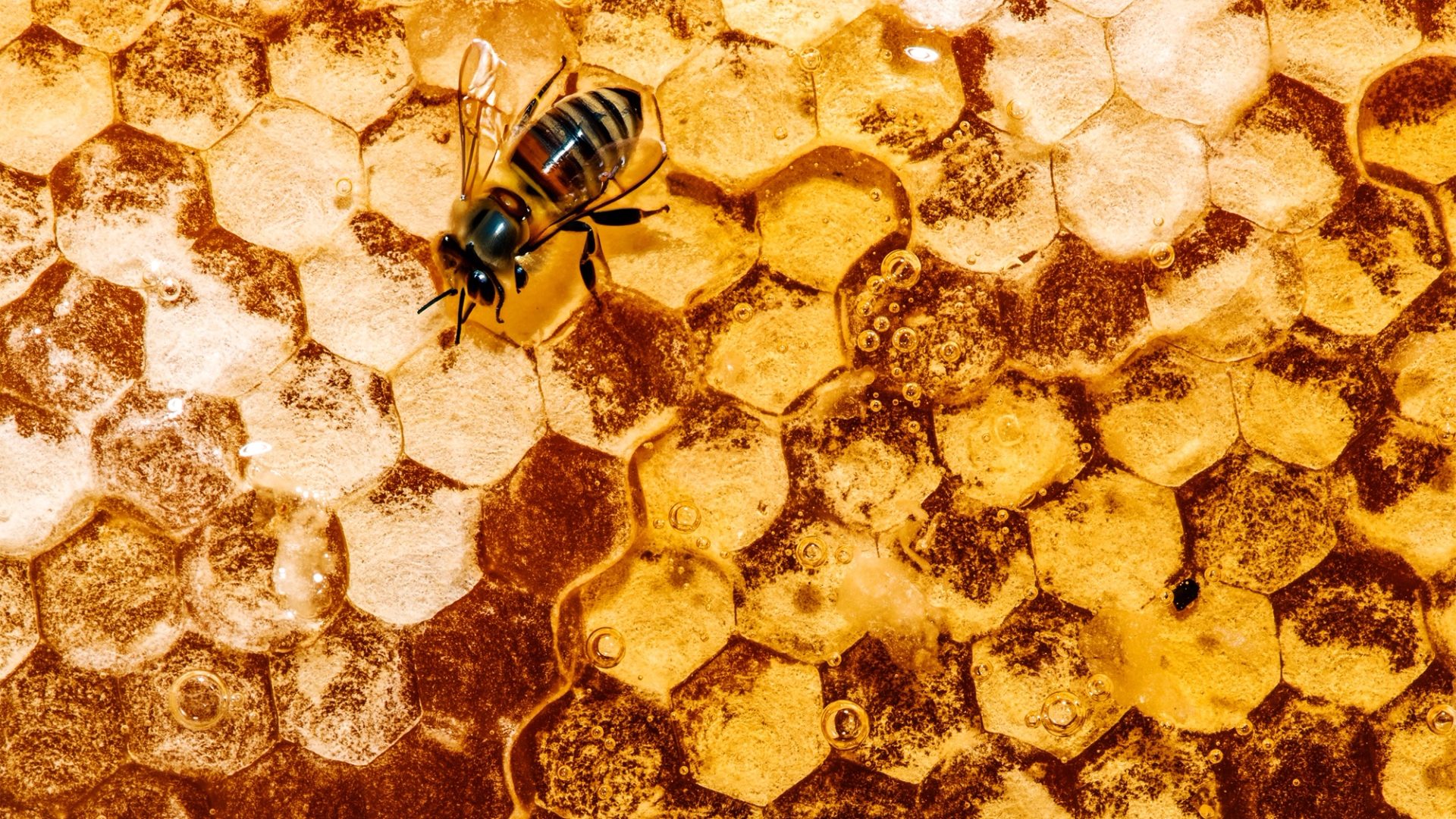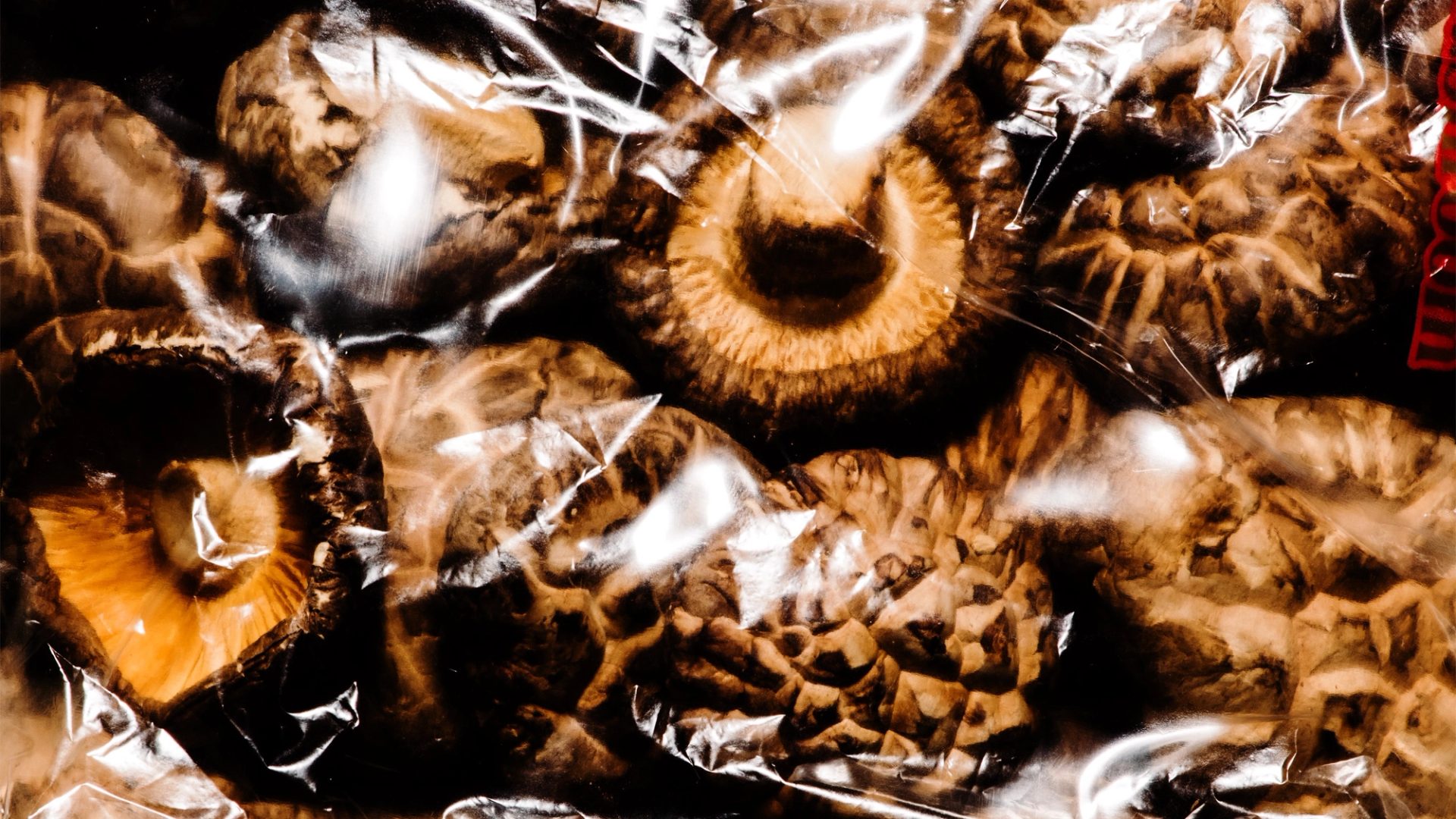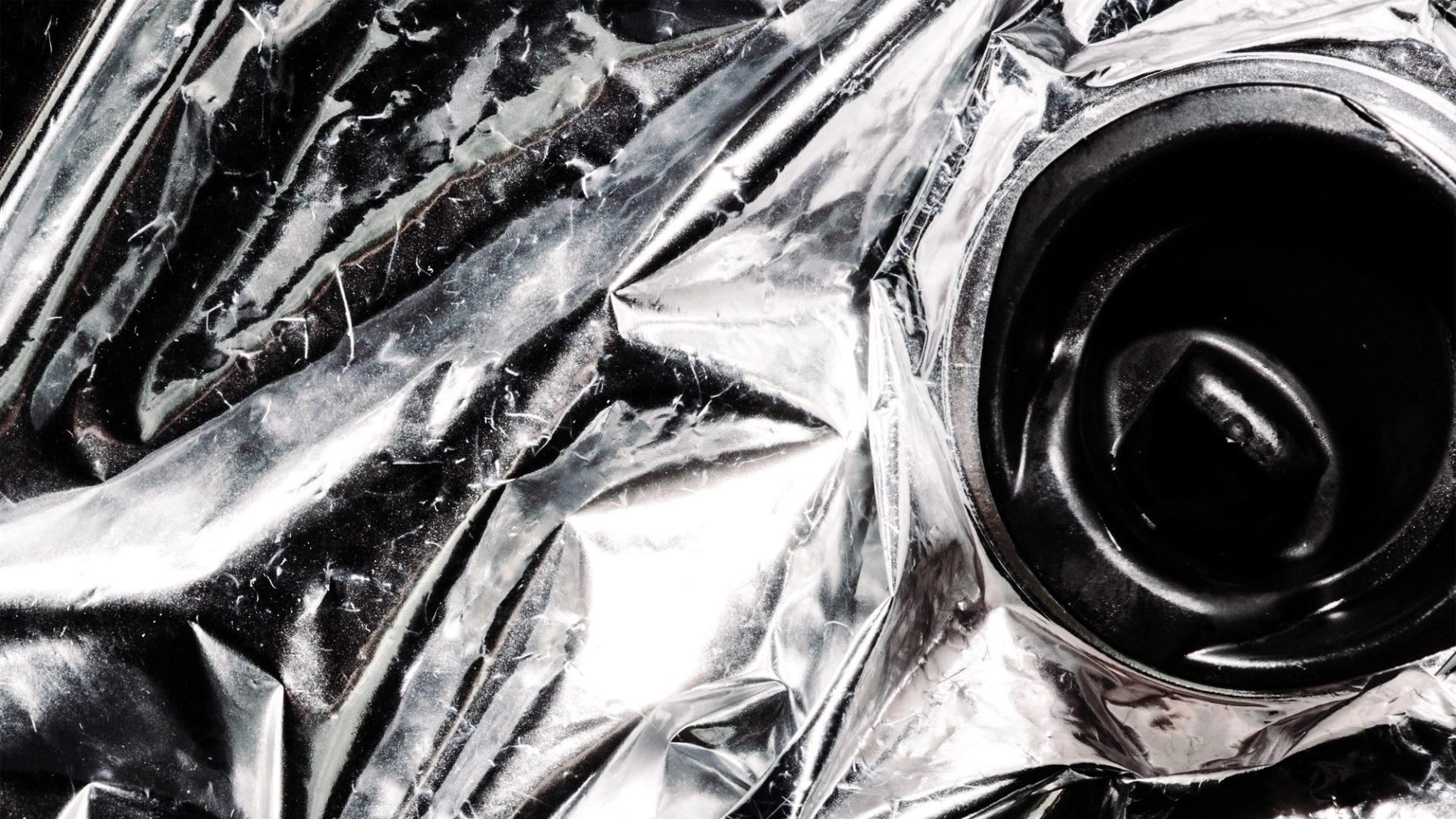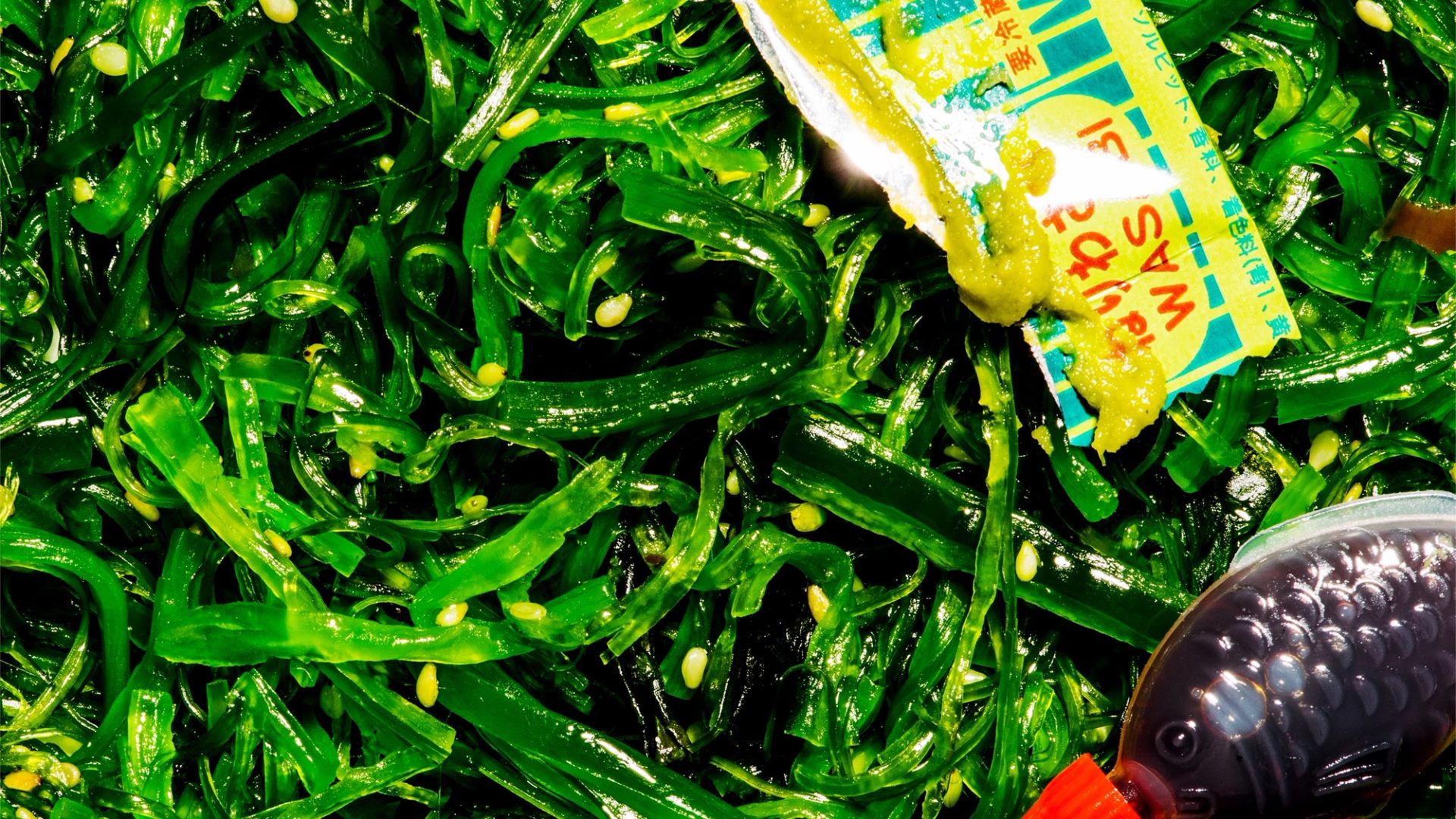Soybeans

Culinary Archive Podcast
A series from the Powerhouse with food journalist Lee Tran Lam exploring Australia’s foodways: from First Nations food knowledge to new interpretations of museum collection objects, scientific innovation, migration, and the diversity of Australian food.
Soybeans
In 1770, naturalists Joseph Banks and Daniel Solander reportedly saw wild soybeans in Botany Bay. The following century, the Japanese government sent soybeans to Australia as a gift. Thanks to Chinese miners in the 1800s, tofu was most probably part of gold rush diets, but it wasn’t until just a few decades ago that the soybean became part of everyday lives. Cult tofu shops, local brewers making soy sauce, artisan tempeh makers and the blockbuster growth of meat substitutes reflect the changing fortunes of the versatile soybean.
‘There are 1 billion uses for soy, and I love them all.’
Transcript
Lee Tran Lam The Powerhouse acknowledges the Traditional Custodians of the ancestral homelands upon which our museums are situated. We pay respects to Elders past and present and recognise their continuous connection to Country. This episode was recorded on Gadigal, Bidjigal and Wurundjeri Country.
My name is Lee Tran Lam, and you're listening to the Culinary Archive Podcast, a series from the Powerhouse museum. The Powerhouse has over half a million objects in its collection; from yellow soybeans collected in China in 1914; to soybean products that might have been made for car maker Ford, the collection charts our evolving connection to food.
The museum's culinary archive is the first nationwide project to collect the vital histories of people in the food industry, such as chefs, producers, riders, and restaurant owners who've helped shape Australia's taste and appetites. Today we're talking about Soybeans.
Darwin Su No matter how rich you are, or like how poor you are. Everyone loves tempeh.
Topher Boehm It's an amazing dry soy sauce. You just sprinkle that on top. And it's a pretty epic little ingredient.
Shannon Martinez There are one billion uses for soy, and I love them all.
LTL In 1770, naturalist Joseph Banks and Daniel Solander reportedly saw wild soybeans in Sydney's Botany Bay. The following century, the Japanese government sent soybeans to Australia as a gift, which led to farmers planting it on their plots and properties here. Thanks to Chinese migrants in the 1800s, tofu was most probably part of gold rush diets, but it wasn't until just a few decades ago, thanks to a growing vegetarian movement, waves of migration and people asking for soy in their coffees, that the soybean became part of everyday lives. Cult tofu shops, local brewers making soy sauce, artisan tempeh makers, and the blockbuster growth of meat substitutes reflect the changing fortunes of the soybean.
Sava Goto Hi, I'm Sava Goto, owner of the Tofu Shoten and I make tofu in Melbourne. I grew up in the countryside in Fukusaki-cho in Japan, surrounded by mountains and rivers and their rice field[s]. There weren’t any tofu shops around my hometown, but there was a soy sauce brewery. And then my grandparents used to grow soybeans every year, edamame, which is a fresh soybean, it's nothing special, but you know, simply blanched with salt. It was something we have every summer. When it comes to the autumn, you can see the soybean plant[s] all over the field and then that's the sign of the harvest. [My] Grandparents pull up the whole plants, sun dried, and then bashing out, then shake off the soybean. And then [in] winter, my grandma makes miso in this big yellow, stinky barrel. As a kid, I remember it was such a stinky smell. It's not a great memory, but it was my memory.
[The] Japanese agricultural scene was based on the rice. And then people wanted to get an extra crop to make extra money. People noticed the rice fields that have soybean[s] in the ridge got more rice crop than the field without any soybean. Apparently, the root of the soybean plant has this bacteria called rhizo, which catches a nitrogen gas in the air and then convert[s] [it] to the ammonia, which can supply the other plants. So, it's almost like a soybean plant to produce a crop for people, but it also helps other plants to grow.
LTL Botanists believe that soy plants might have first appeared in China nearly 9,000 years ago. Soy was considered sacred by Chinese Empress Shennong, the Divine Farmer, and thanks to trade routes it ended up thriving in the soil of other countries, such as Japan, Indonesia, and India.
The Japanese government actually sent us soybeans as a gift back in 1879. Soy was on a bit of a PR roll that year with Japanese staples produced from the bean, such as miso and tofu presented at the Garden Palace, which hosted the Sydney International Exhibition in 1879. They were part of the 14,000 exhibits displayed at the Garden Palace, which was a precursor to the Powerhouse museum.
The Garden Palace was so grand that it stretched for nearly 250 meters and required 3000 people to complete it. And when the building was destroyed in a fire in 1882, debris from the blast was found a half hour walk away.
You can actually find depictions of this fire in the Powerhouse collection, as well as objects from the Garden Palace. The Macquarie Street gates at Sydney's Royal Botanic Gardens are the remaining reminder of the Garden Palace today.
Let's backtrack to the 1850s though, when the gold rush brought Chinese communities to Australia and traveling with them most likely was a good stash of soy products. If you look at the Powerhouse collection, you'll find a brown stoneware, soy sauce jar that was made around this time. It comes from a general store in the New South Wales gold mining town of Tuena, which was run by Sat and Amelia Wong. Chinese migrants kept them in business and the Wongs sold them pork, dry foods and clothing. They also offered opium, which can you believe it was legal to sell until 1906? But let's travel from regional gold rush era, New South Wales to Indonesia where we'll hear other soy fermented memories.
DS Hi, I'm Darwin. I'm from Indonesia. I've been living in Australia for five years now and I've been working as a chef since the first lockdown. I started Ferment’s Lab, where I started experimenting with fermentations like koji, miso, tempeh, and soy sauce. I was born in Medan, which is in Sumatra Island, and then I moved to Jakarta.
My first memories of soybean would be the tempeh itself because tempeh is just such a cheap, affordable, and very versatile ingredient in Indo. When I go to a local market with my mum on the weekend, I didn't know what it was back then. It's firmer than tofu definitely, and it's meatier than tofu. I use the whole soybean and then you ferment it with the bacteria and then you just become like a firm cake. You just like to slice it thinly, fry it, and then you can eat it with sambal or just a chilli.
In Medan there's a lot of Indian migrants there. So, we like to use a lot of spices. And in Java where I know there's one particular city is called Yogyakarta. They make tempeh becam. They will slowly cook, sort of like stirring the tempeh with coconut and then lemon grass, sweet soy sauce. So, you cook it very slow[ly] until it's normal liquid.
There's also, in Yogyakarta, which is a central Java, they ferment the tempeh longer than the usual fermentation time. The direct translation is boost, which is spoiled rotten, where you normally have a white mold covering the soybean. They further ferment it to become black. It tastes like cheese. It has that cheesy note. It's called a poor men's protein in Indo because lower class people, they cannot afford meat. So, they have tempeh for their protein source. But if you go to a fancy private school, you will still find tempeh in their canteen. No matter how rich you are, like how poor you are, everyone loves tempeh.
LTL When you have Spanish ancestry tofu isn't typically a big part of your diet, but that didn't stop this chef's lifelong interest in soy.
SM Hello, I'm Shannon Martinez, owner and chef of Smith and Daughters and Smith and Deli in Collingwood, Melbourne. I was around 15 when I started getting a little bit more adventurous with the foods that I was eating and definitely mapo tofu was my first love of a soybean product. And that really got me hooked. Before that I just saw tofu as this bland product that I didn't really know what to do with. So that was definitely my first love that got me and who doesn't love that dish, really.
LTL This episode was inspired by a quern that appears in the Powerhouse collection. It originally belonged to Phyllis Wang who brought it to Australia in 1937 from Nanjing, China. She had heard there was no way she could get local tofu here. So, she hauled this soy preparing equipment to her new Sydney home, where she was relocating with her husband, Martin, the consul general of China.
She herself would head the Chinese Women's Association here. It's amazing to think she needed to bring this stone tool to get her tofu fix in Australia. Now, you just have to head to your local supermarket to get silken, firm, smoked or any tofu of your liking. Such easy access has been made possible by waves of migration from countries where soy is a major staple and also from vegetarian and plant-based diets becoming much more mainstream these days. But that doesn't mean making tofu by hand is a forgotten ritual. And in fact, Sava Goto has made it the heart of her Tofu Shoten business.
SG I didn't expect to be a tofu maker. I came here as a working holiday, but since I came to Australia, I haven't seen the tofu that I'm familiar with in terms of the textures, the flavours. So, I just started making them at home.
Archival Joyce Chen In China, the Chinese name is tofu and Japanese also called tofu. I like this bean curd, and this is made of soybean, of course, need expert to make it. You cannot make it, but you can buy it. You can buy it in Chinatown, grocery store or even Japanese grocery store.
SG Tofu making is not really cooking. It's more science to me. There is so much pulp as a by-product in the process of making tofu, which often goes to waste. And I want it to create many ways that doesn't end up in compost food. The texture is much softer and juicier, and the flavour is more like you can taste the soy, so it's sweeter and richer.
I remember in Japan, my mum saying tofu doesn't last long so you have to eat quickly. But to here, okay. When I go to Asian grocer, I see the tofu next to the till sitting on the bench, I was like, how can this be possible? I think people buy tofu, which last[s] long, because it's convenient, but also probably they don't know the greatest quality of the tofu.
Archival Joyce Chen When you buy, they soak in the water like this. So, when you bring [them] home, you should soak them in the water, carry it and leave [them] in the refrigerator.
SG I started trying to make tofu at home, but I couldn't reach the level I wanted to. So, I decided to go back to Japan. And one of my friends had told me about this tofu dish at one of the Izakaya in Osaka. And he took me there one night and that dish was simply blanched tofu with salt and toasted cumin on the side. The tofu was exceptional. I asked the owner of the Izakaya, ‘Where [are] you getting this tofu from?’ And then he told me about this tofu shop in Osaka, and he suggested to just rock up. So early next morning, I went to see the master and I told to him, ‘I would love to learn about tofu from you.’
It sounds very simple [laughs]. Soak the soybean overnight [for] about 8-12 hours and the next day grind it and cook the soybean sludge, boil and then strain it. Squeeze out the milk as much as you can and put the coagulants in [at] the right timing and then press the curd. That's the process. Coagulant reacts to the protein in the soybean. It's exactly like cheese.
Archival Joyce Chen The food is really nice. You can eat for many ways. You can cook them, you can fry them. You can make soup, and even you can make them eat them raw, but no flavour. You have to need some soy sauce in there. Salt.
SG So, from soy I make momen tofu, which is a semi-firm and kinugoshi tofu, which is a silken tofu. And I make fried tofu, which is a fried momen food. And I make agedashi, which is fried tofu bowl with the other vegetables and the okara miso, which is soybean pulp, miso and the smoked tofu, which is marinated in the soy sauce and mirin and dashi. And they smoke it for two hours and fresh soy milk. And I make roasted soy powder.
LTL For his Ferment’s Lab business Darwin Su makes tempeh from a rainbow array of ingredients; black turtle and azuki beans, green pea, buckwheat, chickpeas and traditional soybeans.
DS I would soak the soybean first for 24 hours. And then the next day I would cook the soybean, boil it and heat for about 45 minutes until it's soft enough, but it's not mushy. And then yeah, you cool it down. You put a little bit of vinegar in to lower the pH, so that only the tempeh bacteria grow[s], not the bad bacteria. And then once you inoculate it with the starter, either you put it in a bag or you wanna wrap it in a banana leaf. By 36 hours, you would see a white mould covering the soybean, and then it just become[s] a firm cake. It's very nutty already because you use the whole beans. And then with that fermentation, it just gives a little bit of funkiness, has that fruitiness, like apricot smell and nuttiness.
LTL Darwin’s fascinating experiments with soybeans include a soy sauce made with porcini mushrooms and more.
DS I'm working with koji as a Japanese rice ferment, which they use to make soy sauce and miso as well. And usually, traditional soy sauce they [just] use barley or wheat, which is not gluten free. So, I change[d] that to buckwheat, which is gluten free. And then, yeah, I just toast the buckwheat until it's dark, until it’s roasted. And then, yeah, I just mix with the soybean, buckwheat, salt and water. And it's amazing because I think it's from the buckwheat, it's a very thick soy sauce. I also have apricot shoyu, I use soybean coagulant and the dried apricot, but it's not like your normal sauce. I have this yeast miso, which is amazing. So, I use this nutritional yeast and then with soybean, it's very cheesy [be]cause I know the nutritional yeast itself, it's the vegan cheese, right? The wattle seed miso. I wanted to use the native ingredient. So, I use wattle seed. It's so good. It's like chocolate and coffee.
LTL Darwin Su is not the only one with a passion project involving soybeans. Let's hear from Topher Boehm from Sydney's Wildflower Brewery.
Topher Boehm I became interested in soy sauce because traditionally it was aged and fermented in barrels, which I looked around at my brewery and I thought, hey, I have barrels, that would be so much fun to make some soy sauce. There's too many ingredients to soy sauce. Obviously, soybeans and wheat. I got interested in soy sauce though because soy sauce is non-alcoholic. And also, I think the flavour is, you know, those sorts of incredible umami flavour. It carries so much further. You can create a very small amount and have it on many, many, many dishes. Whereas most fermented beverages, you know, you would serve, let's say 375 mls or a can of beer, let's say, or half a bottle of wine. 375 mil would probably be consumed by one person. Whereas 375 mil soy sauce could be consumed by dozens of people.
There's almost more power. There's more length in the product. When you think about the state of native grains right now, as it is, then there's some amazing work by Bruce Pascoe and Nolan Trish Butler in a company called Black Duck Foods, which is really working on trying to understand how to harvest this grain in an industrial way. You know, you can substitute kangaroo grass for cous cous or chickpeas in your salad, but at the moment they are very expensive. So being able to use a small amount and have a big impact was a big part. So therefore, soy sauce.
LTL Soy sauce was first sold in Australia in 1804. It was already one of the world's oldest condiments at this point, dating back to the Tang Dynasty in Ancient China. Despite its ancient history it took a while for the west to adjust to. Soy sauce attitudes have thankfully changed. On her Netflix show, Salt Fat Acid Heat, in 2018 host Samin Nosrat highlighted a traditional Japanese soy sauce maker, Yasuo Yamamoto, who ages soy sauce for at least two years in century old barrels, instead of the hyper speed industrialized pace of three months.
When chef Victor Leong from Melbourne's Lee Ho Fook wrote the soy sauce guide in his restaurant's self-titled book, he approached it exactly like a wine guide. Starting with the lighter drops from a Korean seasoning called Sempio Yondu to the syrupy thick kecap manis from Indonesia. Like different wines from different regions, you turn to soy sauce for different purposes and strengths, and price tag and artisan methods play a part, too. The cheap bottle of Kikkoman you threw into your supermarket trolley, you’re not going to mind using half-cups of that in a marinade or stir-fry or soy-pickling recipe. But if you somehow find that much-coveted dark, sweet soy sauce from Yamaroku Shoyu, which can sell for $250 for a half-litre bottle that’s been barrel-aged for four years, you’re more likely to carefully ration the condiment and only administer tiny drips and dabs on premium sushi or sashimi.
Archival Kikkoman advertisement Umami is savory. Umami is in...
LTL At Wildflower Brewery Topher Boehm has called on friends from acclaimed restaurants like Poly and Ester to help him experiment with a DIY and artisanal soy sauce.
TB The flavour of our soy sauce compared to conventional soy sauce – because we're amateurs – I would say initially it probably doesn't have the straight up umami power. You know, it's not as deep. It's not as rich. Certainly, the colour is not as dark. However, with that, because it's not pasteurised, it's a lot fruitier, but I also think it has to do with the way that we made it, in that I reckon to every teaspoon that you would use a Kikkoman, you would use a quarter of a teaspoon of ours, 'cos the flavour is so deep. It just has a lot of power. Even though it's light, it really carries through. We also made a really interesting byproduct from the cast. So, the leftover soybeans and wheat, after we strained it, in order to bottle the soy sauce, we had to separate the solids that were still in there with liquids. And then the solids, Jeff Lusis, who is chef at Poly in the city, cool roasts overnight. So, he took them and put them at 80 degrees overnight.
Kenny and Yumi along with Kenny's parents run Sang by Mabasa in Surry Hills. One of my favourite places in Sydney to eat hands down. This is a normal food preparation or conservation technique in Korea. When we do a popup here at the brewery, we'll serve them on chips. You know, it's amazing on chips at Ester, they do this Hasselback potato, and it has the umami salt on the top of it. It's an amazing dry soy sauce. Imagine you don't have to use the liquid. You just sprinkle that on top. And it's a pretty epic little ingredient.
LTL Centuries before tech bros and startup labs were tapping into soy protein to crank out plant-based beef that bleeds, like the impossible burger, Buddhist monks were the original masters of producing fake meat. As vegetarians, Buddhist monks offered convincing replicas of meat as a way to make their carnivore guests feel included. And soy has long been a key weapon for anyone on a plant-based diet. It's a good source of protein and a nutritional powerhouse that can be shape shifted into burgers, mince and other carnivore convincing forms. Shannon Martinez has transformed soy into kung-po tofu, chargrilled tofu, adobo, tofu scramble and many other dishes worth savouring.
SM I've been focusing, you know, on vegan food for around 16 years. So, my food and its connection to soy is a really long one at this point. I guess a lot of chefs, probably when they first start getting into vegan cooking, they heavily rely on soy and things like tofu. I started with alternative meats and then as I started developing recipes started working out how good soy products were to incorporate into things. We use tofu in our vegan turkey and that's one of our most popular sliced deli meats that we do. So that's in the club sandwiches. We slice it to order in the deli, you know, and put it in paper and people take it home and make their own sandwiches with it. Soy milk is the base of our aioli and it's an amazing product. You know, this stuff emulsifies just as well as the eggs.
So, when it comes to making dressings and things like that, we use an absolute ton of soy products at both Smith and Daughters and Smith and Deli. You know, it's the base of so many things that we create, but you'll rarely find it in a recognisable form.
When we make our vegan charcuterie and meats at the deli, we use the traditional seitan style of mock meat, which is probably the oldest mock in the world. It's sort of originated through Buddhist culture and their cuisine. So, we use vital wheat gluten to make basically a wheat protein meat. And it sounds - this is why we call it vegan turkey and things and not what it actually is because wheat protein meat sounds pretty disgusting, doesn't it? In the wet mix, we actually blend tofu into it. And because when we're trying to recreate a more poultry texture, we're trying to get something a little bit softer than what we would if we're, you know, making a dry salami, for example.
So, the tofu blended into the wet creates a nice sort of mouth feel I guess, and definitely replicates the turkey a lot better. The smoked salmon that we make is roasted watermelon that we roast really slow for a really long time to remove as much moisture as possible, then it's smoked. And then it is sliced similar to like a smoke salmon sort of thickness. And then it's marinated, and it definitely has soy in it. It's got soy, got liquid smoke. It's got some miso in there for a little bit more umami, that's a double soy hip for the smoked watermelon salmon.
LTL At Shannon Martinez's Smith and Daughters and Smith and Deli she goes through 400 litres of soy milk a week. She could not run her business without soy.
Archival So Good advertisement So Good on your cereal. So Good as a drink. And everybody loves you too.
SM Soy really helps create the backbones to a lot of things 'cos you know, a veggie stock, for example, it's missing so much of the roundness and the depth of flavour that you will get from a beef stock. By incorporating things like say soy sauce or a miso, we recently just finished a batch of miso that we made two years ago, and it was sitting in the cellar. We finally cracked it open when we reopened here in Collingwood and the depth of flavour in that miso was just out of this world and it's incorporating those sorts of products that you can really step up that flavour profile in vegan food and help it sort of stand on its own and be just as delicious. There are 1 billion uses for soy and I love them all. We use it in desserts, in drinks, in soups, [and] in vegan meat. When I say it's in everything, it's in everything. So, when people come in with a soy allergy, it's not a good time for them [laughs].
LTL In the Powerhouse you'll find soy in many different forms as botanical specimens, Japanese fabrics, soybean flour, soybean, plastic, and automobile parts too. In fact, Henry Ford debuted a car produced from soybean plastic in 1941 at a local festival in Michigan. The famous car maker was inspired by a metal shortage. He also believed that a plastic soybean car could be safer than a steel built one and wanted to bring the agriculture and automotive industries together. He never made another soybean plastic car due to the post-war effect on his industry.
But soybean plastics have plenty of sustainability potential today, as they’re made from a renewable and biodegradable source. It's clear that soy, this multipurpose plant, could help solve some of today's problems. Argentina, for instance is one of the world's biggest exporters of soy meal, which is used to feed animals that are livestock. But soy used to make plant-based meat has a much smaller carbon footprint. So, could this be a better use of the soybean, and could soy also play a key role in the future of food?
SG I'm personally really excited to see people consume more soy products. And I think if people will start to look for foods with less environmental impact and soybean can play a big part of that. 80% of the soybean[s] in the world is pressed for oil, like vegetable oil, and then for animal consumption. Then [a] small percentage is for human consumption. I'm kind of sad about this fact, cause many soybean byproducts become waste, still lots of nutrition left in the pulp. It's edible, very good for your body. So, if we can consume soybean[s] without waste, we get more nutrition and less environmental impact.
SM Only 10 years ago, the media had a very different attitude towards vegan food than they do now. No one really cared. And if they did talk about veganism or soy products, it was always very condescending. You know, like these little hippies over there doing their thing. Soy products was definitely only connected with Asian culture. And I think people have finally realised what a versatile product soy is. And it's not just connected to one cuisine or one culture, but these same people never realised that three quarters of the things they've covered were based upon soy products. Anyway, it's now a product that is being used in such a way that's gonna have a huge impact on our environment. Like anything, there are pros and cons. You know, soy production has its downfalls as well in terms of the amount of land it needs to be able to be produced.
So, nothing's perfect, but it sure as hell is a better alternative to using animal proteins for absolutely everything, that's for sure. And I don't think anyone could deny that soy is definitely the hype girl of the new generation. I think it was definitely just this old fashion, boring product beforehand. And now people are realising it's like this super do all, kind of saviour ingredient. It can transform into so many different products, you know, from protein shakes that you'll see big bros at the gym chugging down, soy protein, isolate thick shakes to the food that we do here to things you wouldn't even know about.
‘I think the world doesn't quite realise how reliant we now are on soy products.’
SM And it's really great to see that it's now no longer like a background ingredient and it's now coming to the forefront for all its amazing uses. She's no longer the joke ingredient of the culinary world.
LTL Soy has been around for thousands of years and as Sava Goto showed us by taking us to her grandparents' farm in Japan, the plant is a key part of the landscape in so many countries. The bean can take credit for giving us soy sauce, miso, tofu, even the skin that forms on top of boiling soy milk is a beloved ingredient called yuba. Sava spins soy into so much culinary gold from kinoko roasted soy powder for desserts to miso that upcycles leftover tofu waste.
Chef Darwin Su is just as inventive with soy, fermenting the beans into nutty Indonesian soy cakes known as tempeh, as well as creating gluten-free soy sauce flavoured with buckwheat, apricot and porcini mushrooms. Also in Sydney, Topher Boehm has turned his Wildflower Brewery barrels into a home for soy sauce made with Indigenous grains, while Shannon Martinez flaunts 10,000 vegan uses for soy shapeshifting the ingredient in ways you might not recognise; from watermelon salmon to tofu turkey. In Australia, our nationwide embrace of soy has come a long way from the 1930s, when Phyllis Wang literally had to haul a quern from China in order to grind beans, to make her own tofu. With soy used in protein, in plant-based meats, by tech startups and the beans shaping everything from plastics to actual cars, it's likely that this plant a Chinese Emperor once called sacred will keep proving useful for another 9,000 years or so.
SM I absolutely love the flavour of tofu, I eat it all the time, whether it be cold with chilli vinegar, dressing over the top of it.
DS You can simply enjoy tempeh by slicing it thinly, give [it a] fry, a bit of salt and some or any condiments you like.
LTL This episode was inspired by objects from the Powerhouse Museum collection; such as a quern belonging to Phyllis Wang, founder of the Chinese Women's Association; a soy sauce jar from the Wong Family Store; a sample of soy flower; soy plastic; Japanese soy textiles; and soy botanical specimens.










